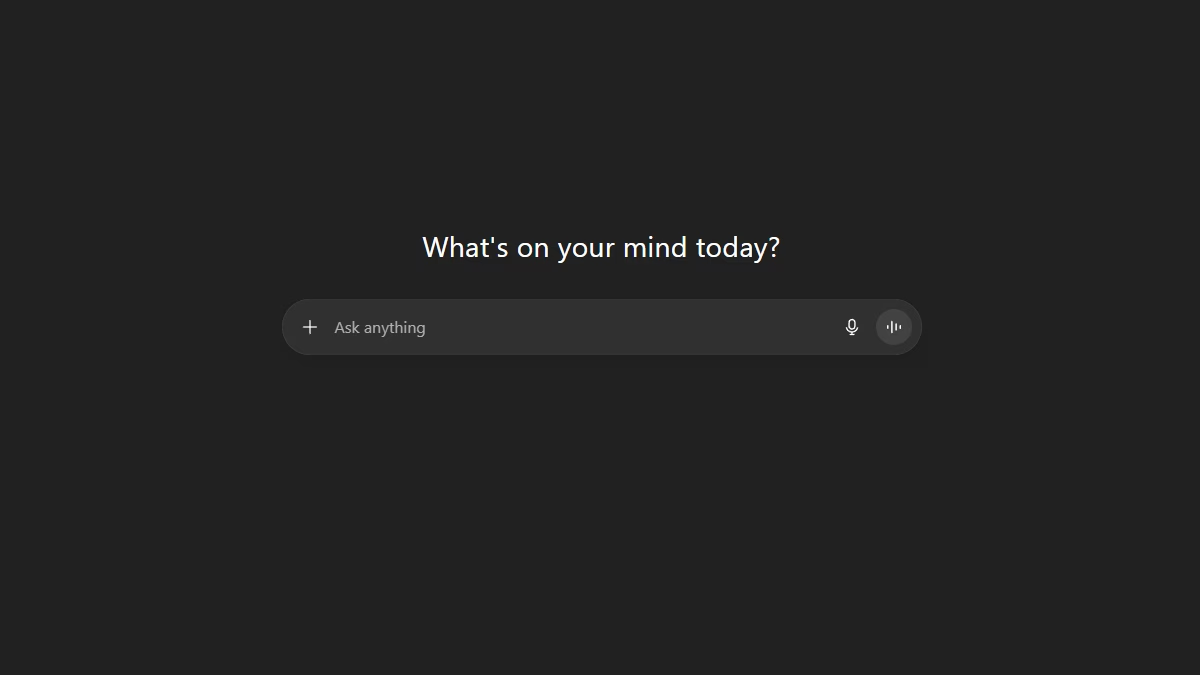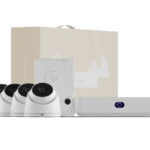OpenAI has pulled back the curtain on who is using ChatGPT and for what, revealing a dramatic shift away from the workplace and toward personal life. In a new working paper released in partnership with the National Bureau of Economic Research, the company disclosed that non-work-related interactions now account for 73 percent of all use, a significant jump from 53 percent just one year ago. The study also shows that ChatGPT’s once heavily male-dominated user base has disappeared, with women now using the chatbot at near-equal rates to men.
Your boss’s AI dreams are on hold
While many companies have rushed to integrate AI, the study suggests employees aren’t using it for work as much as you might think. Professional use of ChatGPT has fallen from 47 percent of interactions in June 2024 to just 27 percent a year later, according to the OpenAI-led research. For the tasks that are work-related, writing assistance (like drafting emails and documents) is the most popular, making up 40 percent of professional messages. In a surprising twist for a tool often hyped as a coding companion, generating computer code accounted for just 4.2 percent of work use. This decline in professional application comes as other research indicates companies are struggling to generate a meaningful return on their AI investments.
The ‘tech bro’ stereotype is officially dead
ChatGPT’s user demographics have undergone a seismic shift since its launch. In its early days, OpenAI estimated that as many as 80 percent of users were male. As of June 2025, however, the company’s analysis of user names shows a near-perfect gender parity, with users who have “typically feminine names” slightly outnumbering those with “masculine” ones. The user base also skews young, with 46 percent of messages coming from users between 18 and 25 years old. This evolving user base is also growing at a staggering pace; the paper reveals that ChatGPT now has over 700 million weekly active users on its consumer plans.
It’s not just for cheating on your homework
So what are all these people doing? According to OpenAI, 80 percent of all usage falls into three broad categories: “Practical Guidance” (how-to advice, tutoring, and brainstorming), “Seeking Information” (as a search engine alternative), and “Writing.” While some users turn to the chatbot for emotional support, the study claims this is a niche activity, with only about 2 percent of messages involving using ChatGPT as a “therapist or friend.” However, other researchers dispute this, with one study from Common Sense Media finding about one in three teens uses AI for social interaction. More practical life-skill applications seem to be a major driver, with users turning to the AI as a personalized job interview coach to practice answers and build confidence.
AI’s unexpected killer app: accessibility
Beyond general life hacks, AI assistants are proving to be a transformative tool for workers with disabilities. A recent UK government study on Microsoft 365 Copilot found that neurodiverse employees reported significantly higher satisfaction than their colleagues. One participant with ADHD said the tool “leveled the playing field,” while a user with dyslexia noted it “empowered” them to write reports with newfound confidence. For users with hearing disabilities, AI-powered meeting transcription allowed them to participate more fully without the exhaustion of trying to keep up. These findings suggest that one of AI’s most powerful applications might be its ability to create a more inclusive and accessible workplace.
Sources
- Gizmodo: OpenAI Reveals How (and Which) People Are Using ChatGPT
- Axios: Women are now using ChatGPT slightly more than men
- Ars Technica: Seven things we learned from OpenAI’s first study on ChatGPT usage
- Forbes: How To Turn AI Into Your Personal Job Interview Coach
- Ars Technica: Study finds neurodiverse workers more satisfied with AI assistants
- NBER: How People Use Generative AI







